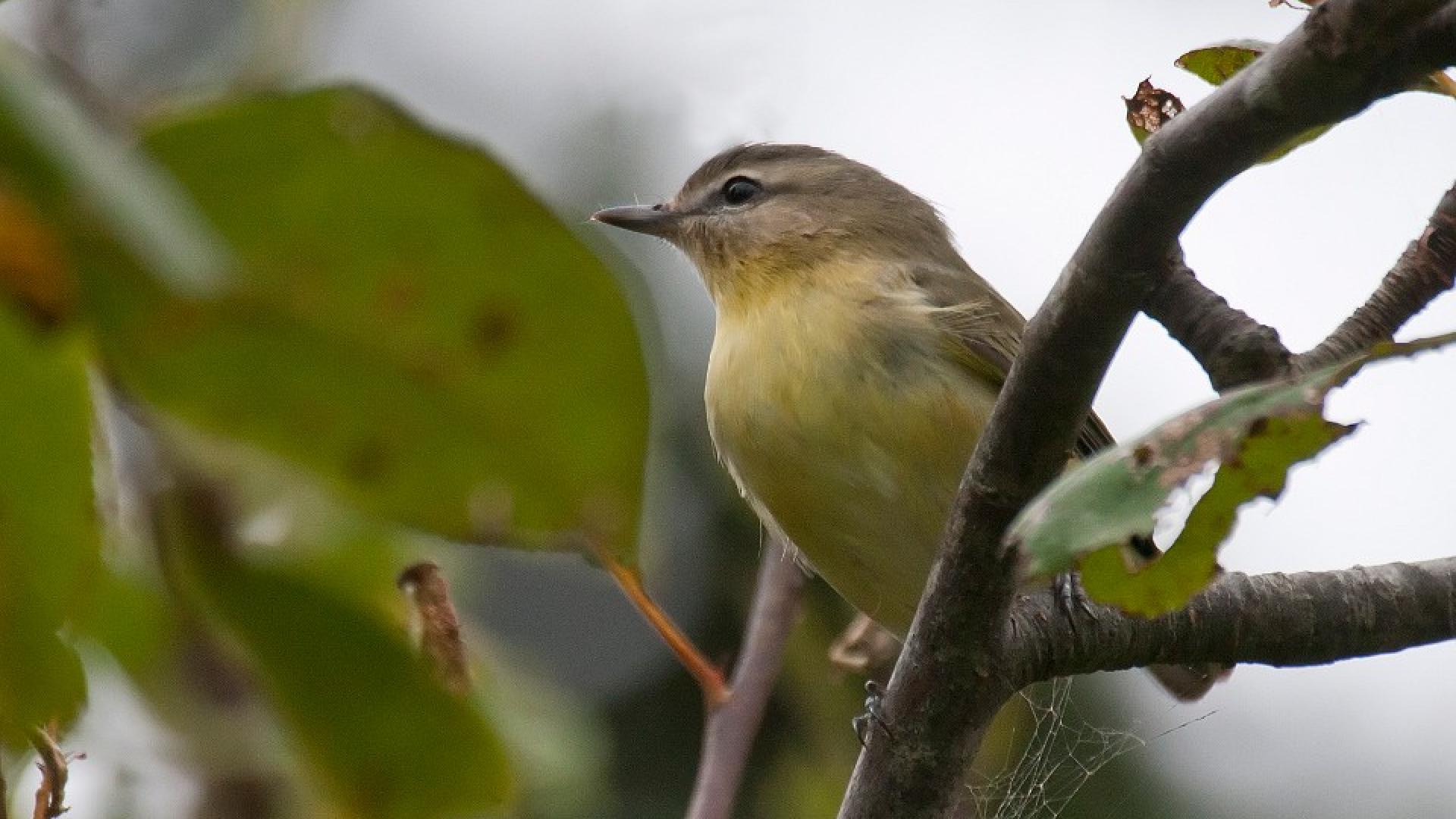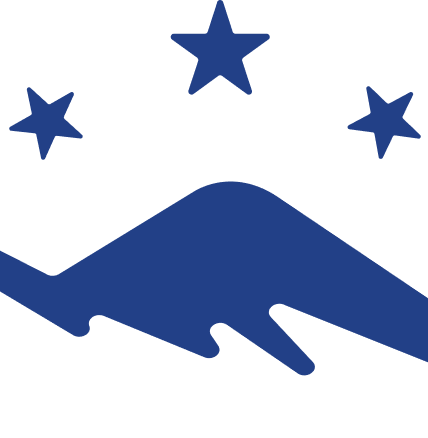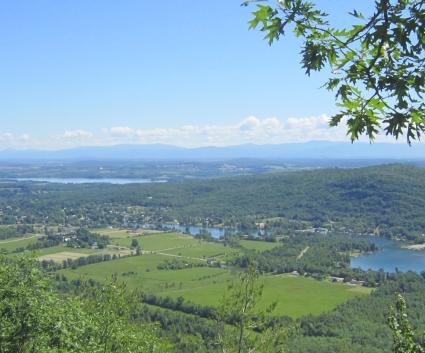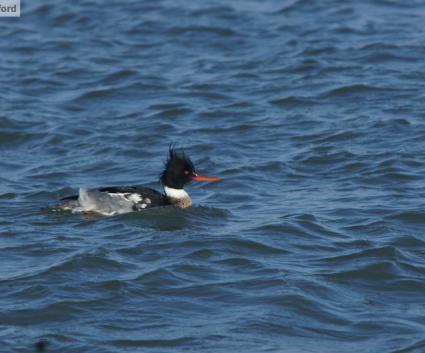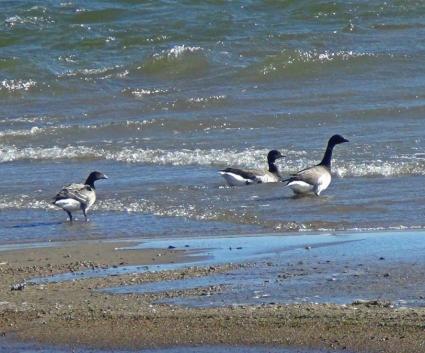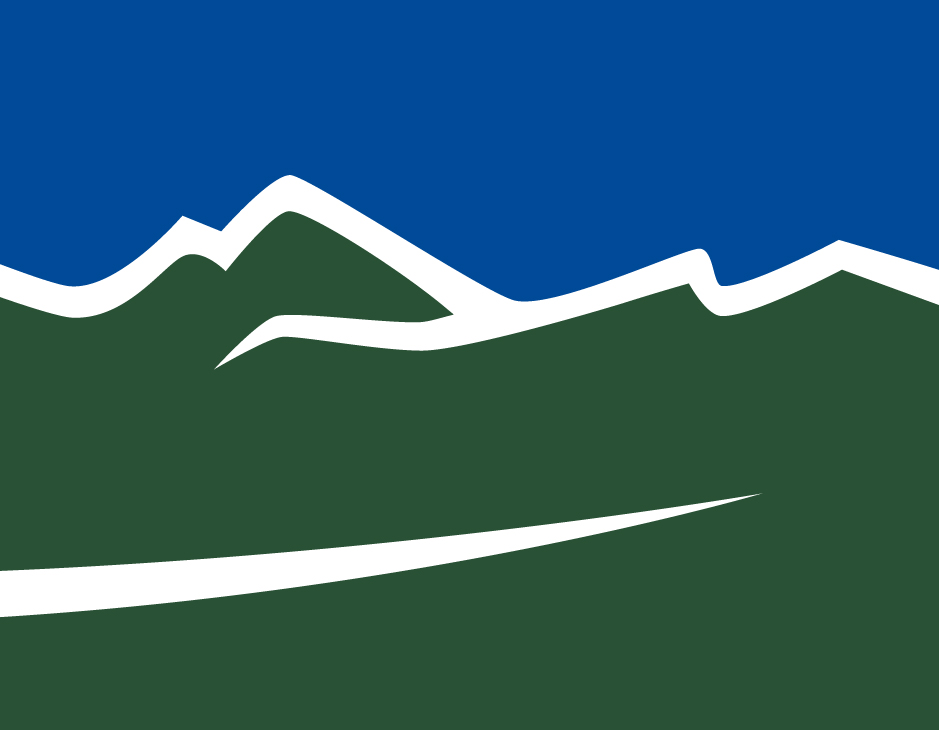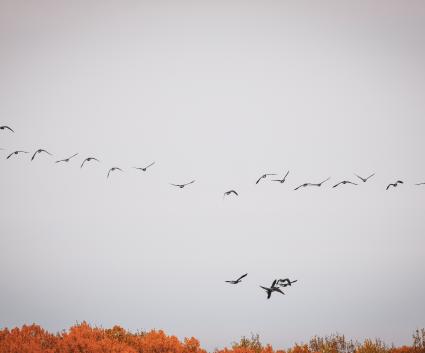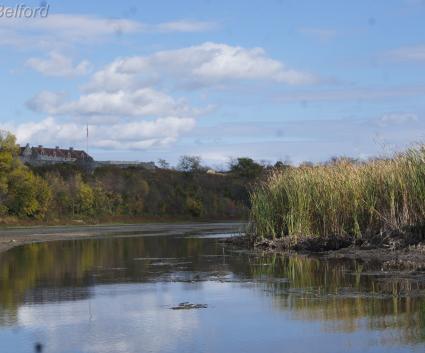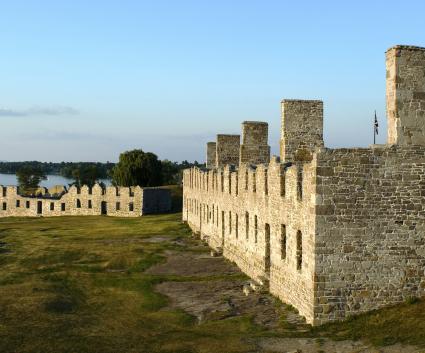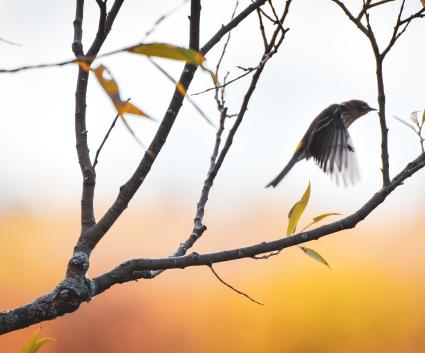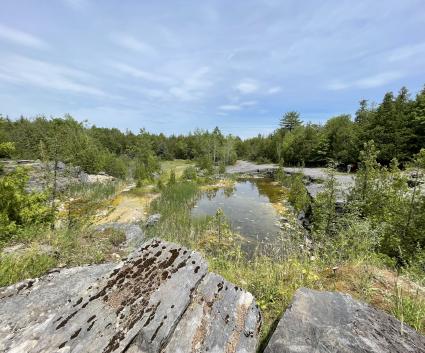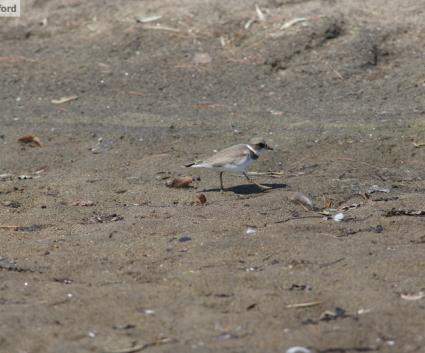Fall Fronts
Anytime a fall cold front passes through the region, it is a good idea to head out and see what’s moving south with the wind in its tail. Such was the case the other day before our current heat wave, when north and northeast winds blew south along Lake Champlain, and I explored the lakeshore to see what I could find.
Westport boat launch was quiet – apart from a Belted Kingfisher and the excitement among the Ring-billed Gulls and Mallards caused by an adult Bald Eagle – and after a brief stop at Hoisington Brook Outlet, I checked out the hedgerows south of town. The warm day was quiet there too, but I soon found a small flock of Black-capped Chickadees, which was leading a group of songbirds through the woods along Barber Road. The flock included a few Yellow-rumped Warblers, Blackpoll Warblers, and a lone Philadelphia Vireo. I was particularly glad to find the latter, and after the birds moved past me, I headed down the road as well.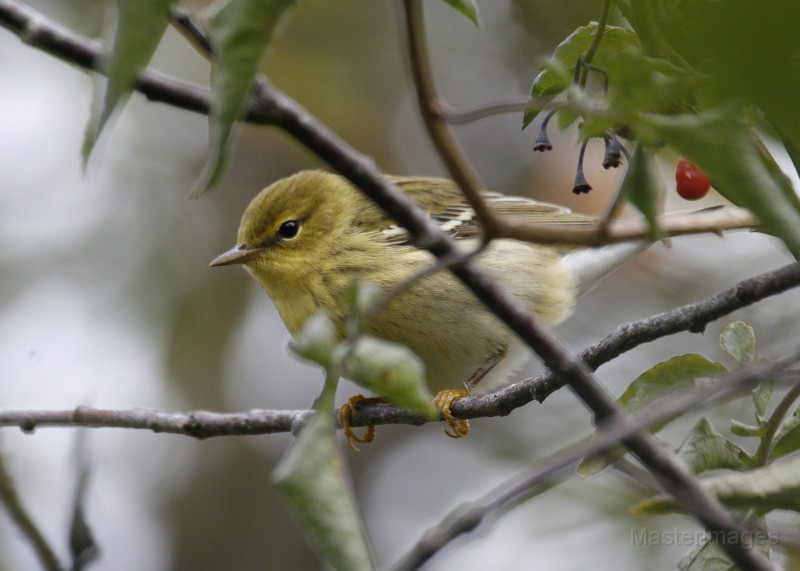
Jaegers
My plan was to spend some time near the Champlain Bridge, where some Vermonters had reported four jaegers the previous day – two Parasitic and two Long-tailed. Jaegers are rare but regular along Lake Champlain when we have north winds in the fall. There was a small collection of gulls at the Port Henry Pier that afternoon, and I took a quick scan of the lake toward the bridge. With minimal distortion from across the water, I could see thousands of birds. Most were gulls – predominantly Ring-billed with some Herring – and Double-crested Cormorants, and I quickly picked up on a dark bird chasing a few Ring-billed Gulls.
No question it was a Parasitic Jaeger, but it was too distant for me to score any decent photos. One of the gulls dropped its meal and the jaeger veered off the chase to scoop its prize from the surface of the water. With birds flying everywhere – many of them were moving north along the Vermont shoreline – I lost track of the jaeger after it landed. I stood at the pier for a few more minutes, but I never found it again.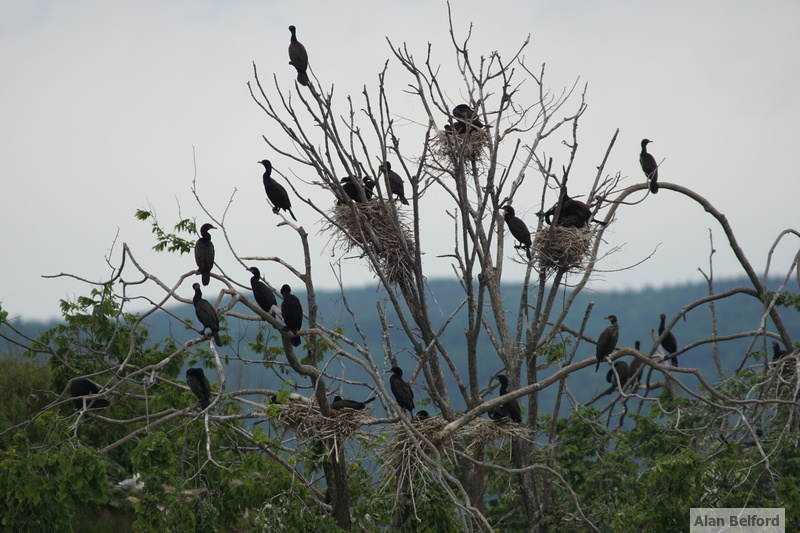
In fact, it proved to be the only jaeger I noted for the day, but that’s to be expected for a rare species. I planned on poking around for them from Crown Point State Historic Site and Chimney Point State Historic Site in Vermont, but as I stopped at both Sandy Beach, and at the pull-off along Route 22 overlooking Bulwagga Bay, I could see that almost all of the birds were well up along the Vermont shoreline and out of view from bridge. So I saved the time and moved north along the valley.
Noblewood Park
While the warm day remained largely quiet, I did find a collection of Field Sparrows in the Magic Triangle, as well as an incredible display of Painted Ladies – part of the fantastic influx we’ve seen of them this year. I eventually made my way to Noblewood Park in Willsboro, walking down through the forest and finding Brown Creeper, Pine Warbler, and Yellow-bellied Sapsucker on the way.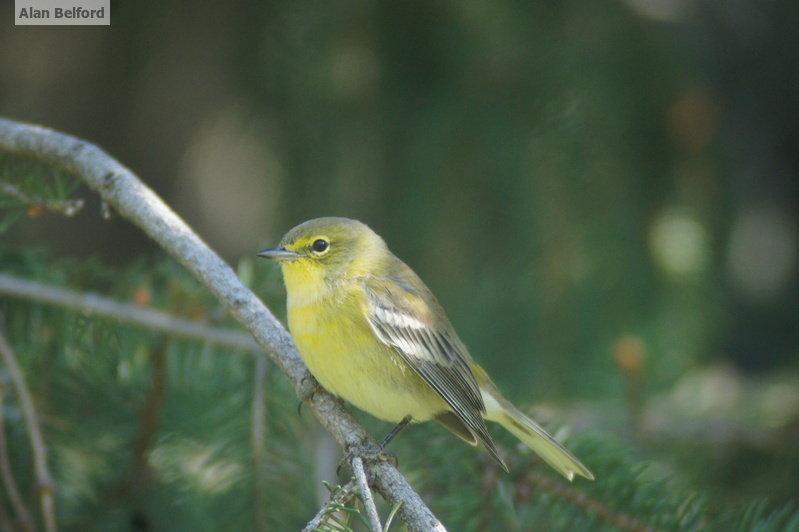
Noblewood is one of the best places along the Adirondack Coast from which to scope the lake, and although my friends hadn’t seen much there earlier in the day, I wanted to spend the evening standing on the sand spit. There were already large numbers of Ring-billed and Herring Gulls on the spit when I arrived, and I scoured through them to make sure they didn’t hide any rare species – their numbers would grow throughout my time there. I could also hear Greater Yellowlegs and a Least Sandpiper calling from the flat on the north side of the Bouquet River, but they remained hidden in the vegetation. A pair of Great Egrets and a Great Blue Heron were a lot more obvious to spot.
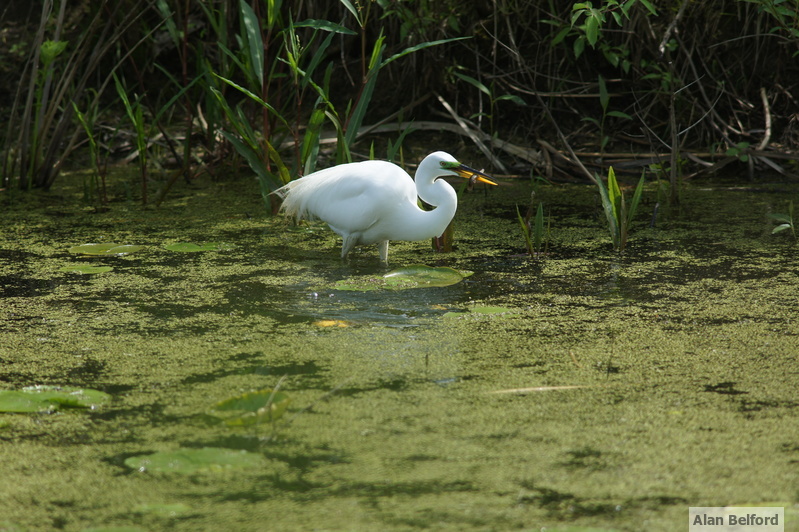
As I scanned the lapping waves, the wind blowing straight down the lake toward me, I spotted a couple Common Loons, and I watched line after line of Double-crested Cormorants flying low over the water – presumably to roost on the Four Brothers Islands. I didn’t count their numbers exactly, but they grew from in the hundreds to well over a thousand by the time I left my post. It was impressive – even if it was a common species.
Eventually, the Greater Yellowlegs – three in all – appeared on the far sandbank, and a group of about 20 Common Mergansers also showed up to feed. A small cluster of Black-capped Chickadees chattered from the nearby trees, and a few Yellow-rumped Warblers were mixed with them. I also found my first American Pipit of the season on the sand spit, a nice way to round out my day.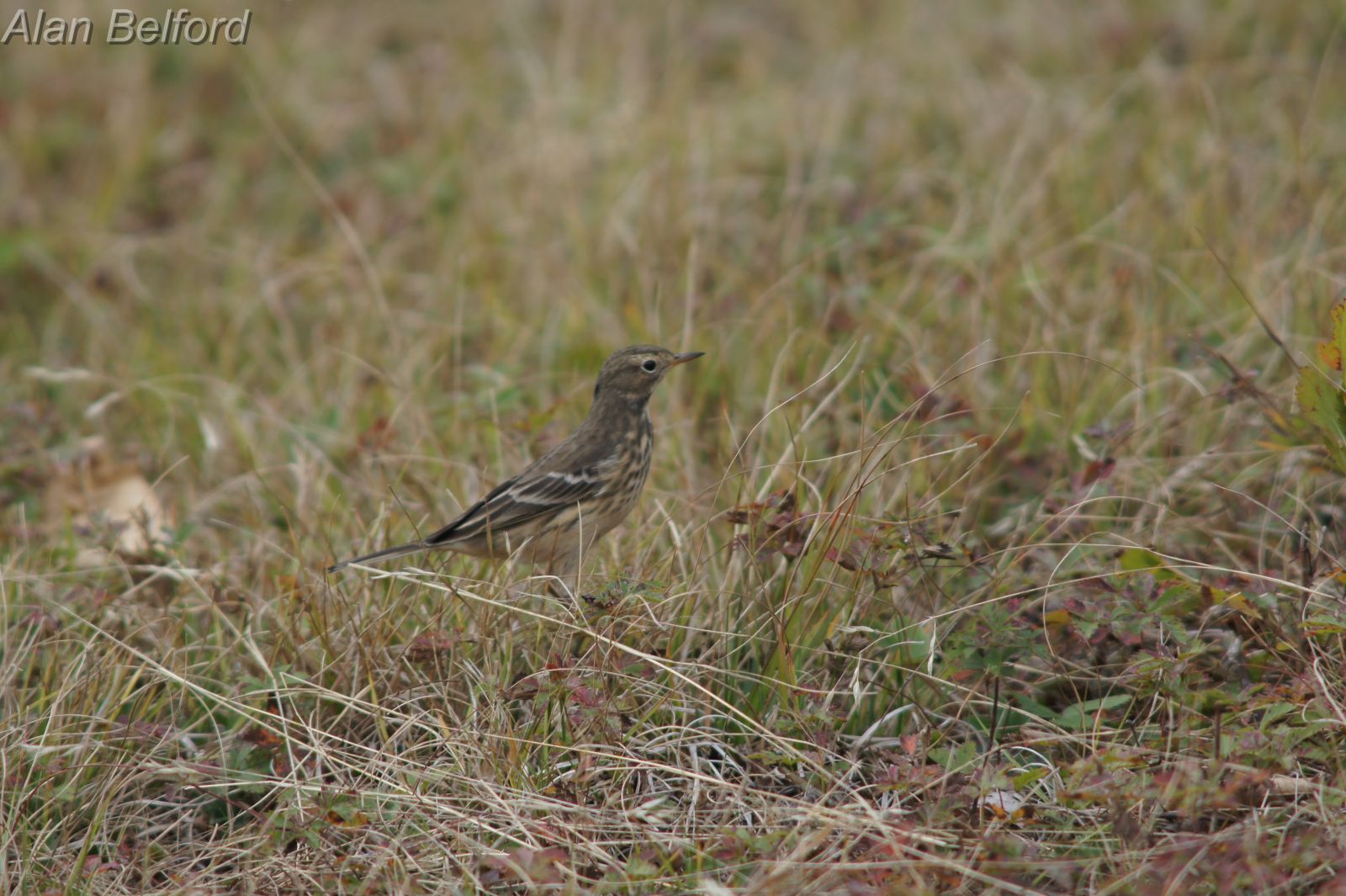
And while I didn’t find any rare gulls, jaegers, or other species, the late afternoon and early evening on the beach were peaceful, and I stood watching the water and listening to the tranquil, soft sounds of the waves. Even without odd species of birds, the scene kept me firmly rooted in place. It was beautiful, and I reluctantly left to head home.
Fall birding and outdoor adventure are great in the Lake Champlain Region. Check out our lodging and dining pages to help you plan your trip.

